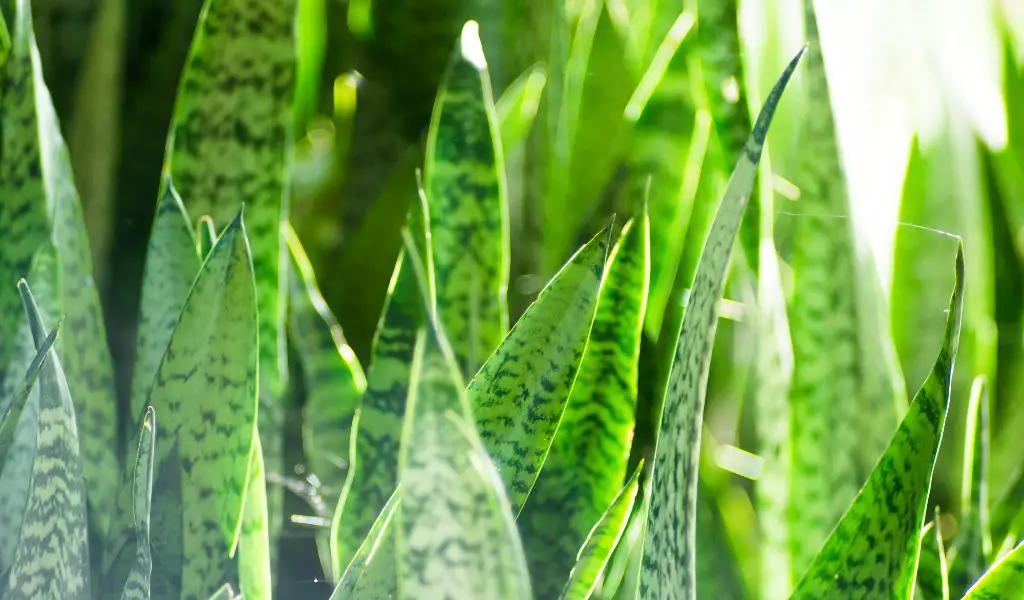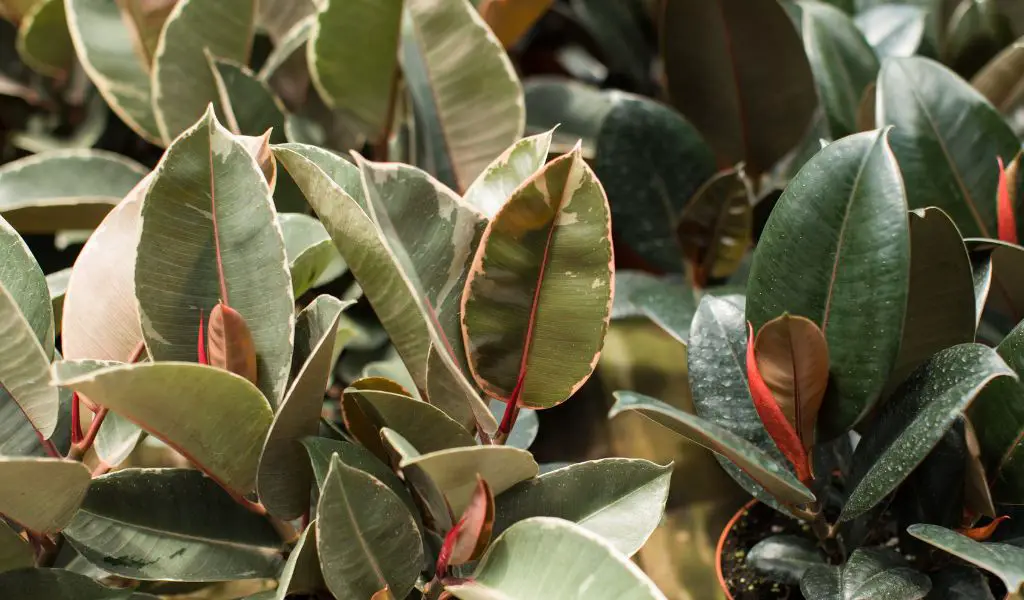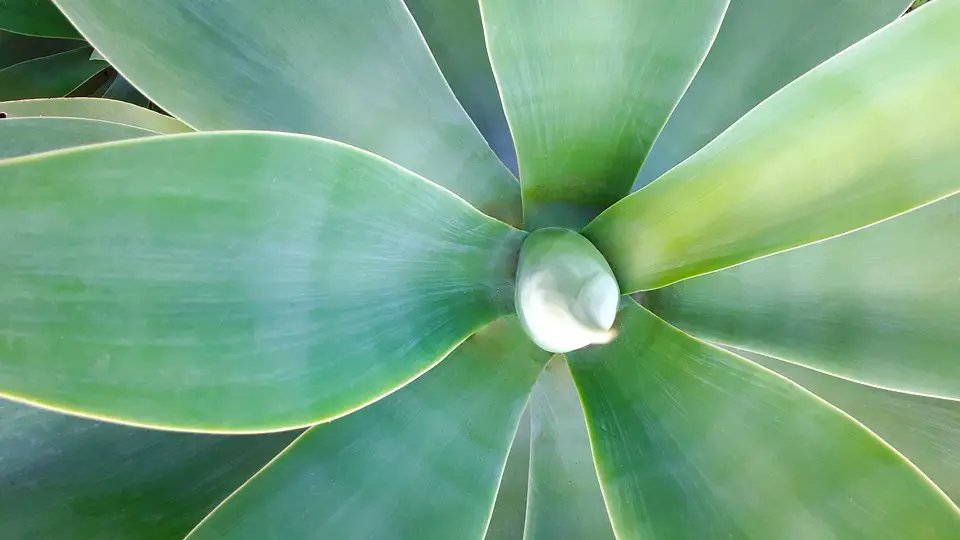The Ultimate Guide to Oxygen-Producing Indoor Plants: Discover the Top Oxygen-Makers for a Healthier Home Environment
In today’s fast-paced world, our living spaces have become more enclosed, leading to a growing concern for air quality.
So, what indoor plant produces the most oxygen?
Look no further, because in this comprehensive guide, we’ll unveil the top oxygen-producing indoor plants that’ll help you breathe easy and transform your living space into a green sanctuary. Let’s dive in!
What Indoor Plant Produces the Most Oxygen?
The winner of this title is none other than the Areca Palm (Dypsis lutescens).
This elegant palm species not only produces an abundant amount of oxygen but also acts as a natural humidifier, making it an excellent choice for improving the air quality in your home.
How Do Plants Produce Oxygen?
Before we discuss other oxygen-producing indoor plants, let’s briefly understand the process of oxygen production in plants.
During the process of photosynthesis, plants absorb carbon dioxide (CO2) and water (H2O) in the presence of sunlight.
They then convert these ingredients into glucose and oxygen (O2), which they release into the air.

Other Top Oxygen-Producing Indoor Plants
1. Snake Plant (Sansevieria trifasciata)
A hardy and low-maintenance plant, the Snake Plant is well-known for its ability to release oxygen at night, making it perfect for your bedroom.
2. Spider Plant (Chlorophytum comosum)
The Spider Plant is an excellent choice for beginners due to its ability to thrive in a wide range of conditions while producing ample amounts of oxygen.
3. Peace Lily (Spathiphyllum)
Apart from being a beautiful addition to your home, the Peace Lily is an exceptional oxygen producer and also helps filter harmful toxins from the air.
4. Rubber Plant (Ficus elastica)
The Rubber Plant is a versatile oxygen-producing plant that thrives in both bright and low-light conditions, making it suitable for any room in your home.
5. Boston Fern (Nephrolepis exaltata)
This attractive fern is not only an oxygen powerhouse but also a natural humidifier, making it an excellent choice for those with dry skin or respiratory issues.
Factors That Influence Oxygen Production
To ensure that your indoor plants are producing the maximum amount of oxygen, it’s essential to understand the factors that influence this process.
Light
Adequate light is crucial for the process of photosynthesis. Ensure that your indoor plants receive sufficient sunlight or artificial light to maximize oxygen production.
Water
Proper hydration is essential for optimal plant growth and oxygen production. Be sure to water your plants regularly, keeping in mind their specific water requirements.
Temperature
Maintaining the right temperature is critical for your plants’ growth and oxygen production. Most indoor plants thrive in temperatures between 60-75°F (15-24°C).

Benefits of Oxygen-Producing Indoor Plants
Improved Air Quality
Having indoor plants that produce a significant amount of oxygen can greatly improve the air quality in your home, contributing to a healthier living environment.
Reduced Stress
Research suggests that being surrounded by greenery can reduce stress and promote a sense of well-being, making oxygen-producing indoor plants a valuable addition to your home.
Enhanced Productivity
A cleaner, oxygen-rich environment can help improve focus and productivity, making these plants ideal for home offices or study areas.
Frequently Asked Questions
1. How many indoor plants do I need for optimal oxygen production?
The number of indoor plants required for optimal oxygen production depends on the size of your living space and the type of plants you choose.
As a general rule, having 2-3 plants per 100 square feet should be sufficient to improve air quality and oxygen levels.
2. Can I mix and match different types of indoor plants?
Absolutely! Mixing different types of indoor plants can create a visually appealing environment while ensuring you benefit from the various oxygen-producing capabilities of each plant species.
3. How do I care for my oxygen-producing indoor plants?
Proper care is essential for your plants to thrive and produce oxygen.
Ensure that they receive adequate light, water, and temperature, as well as appropriate soil and fertilizer. Regularly check for pests or diseases, and prune your plants when necessary.
4. Can I place oxygen-producing plants in my bedroom?
Yes, you can! In fact, some plants like the Snake Plant are especially beneficial in bedrooms as they release oxygen during the night.
Having oxygen-producing plants in your bedroom can help improve the air quality and promote restful sleep.
5. Are there any toxic indoor plants that produce oxygen?
Some oxygen-producing plants can be toxic to pets or humans if ingested. For example, the Peace Lily contains compounds that can cause irritation or allergic reactions if ingested.
Always do thorough research before bringing a new plant into your home, especially if you have pets or young children.
6. How long does it take for indoor plants to improve air quality?
The improvement in air quality is gradual and continuous as long as your plants are healthy and well-maintained.
You may notice a difference in air quality within a few weeks to a month after introducing oxygen-producing plants into your living space.
Conclusion and final thoughts 💭
There you have it – the ultimate guide to oxygen-producing indoor plants.
Now that you know what indoor plant produces the most oxygen and how to care for these green gems, it’s time to transform your home into a healthier, more vibrant living space.
So go ahead, surround yourself with lush greenery and breathe easy knowing you’ve created a sanctuary that benefits both your well-being and the environment.




